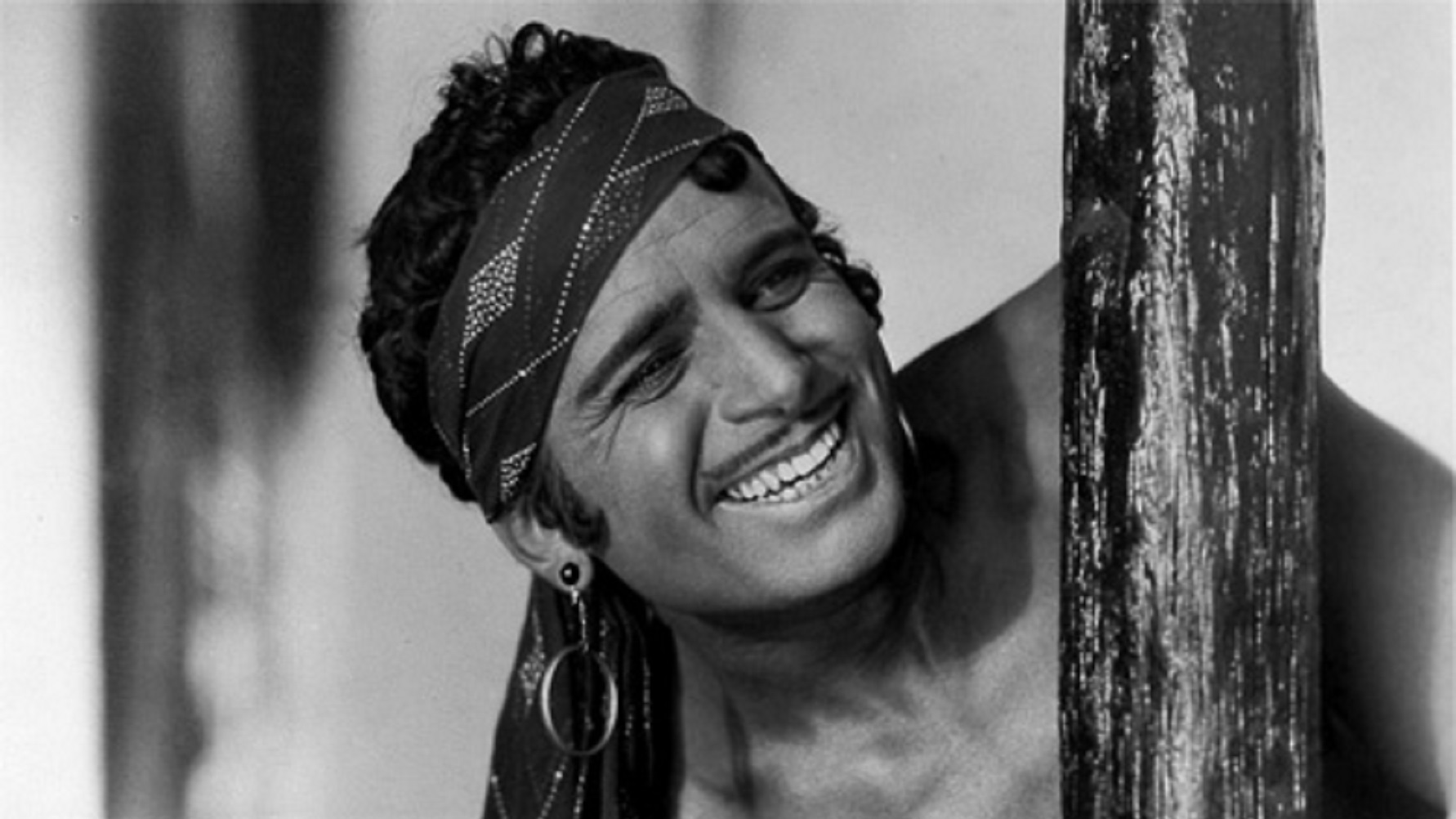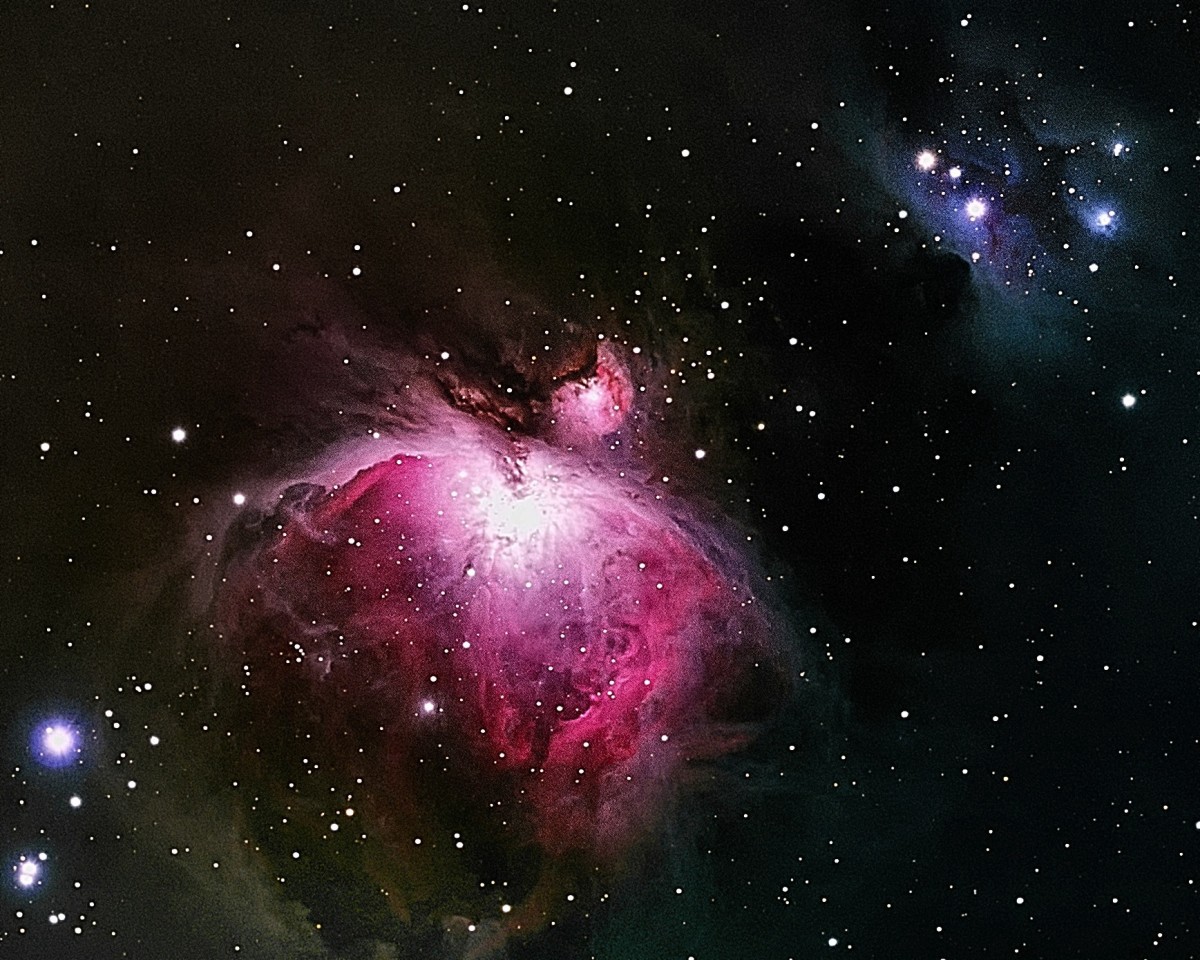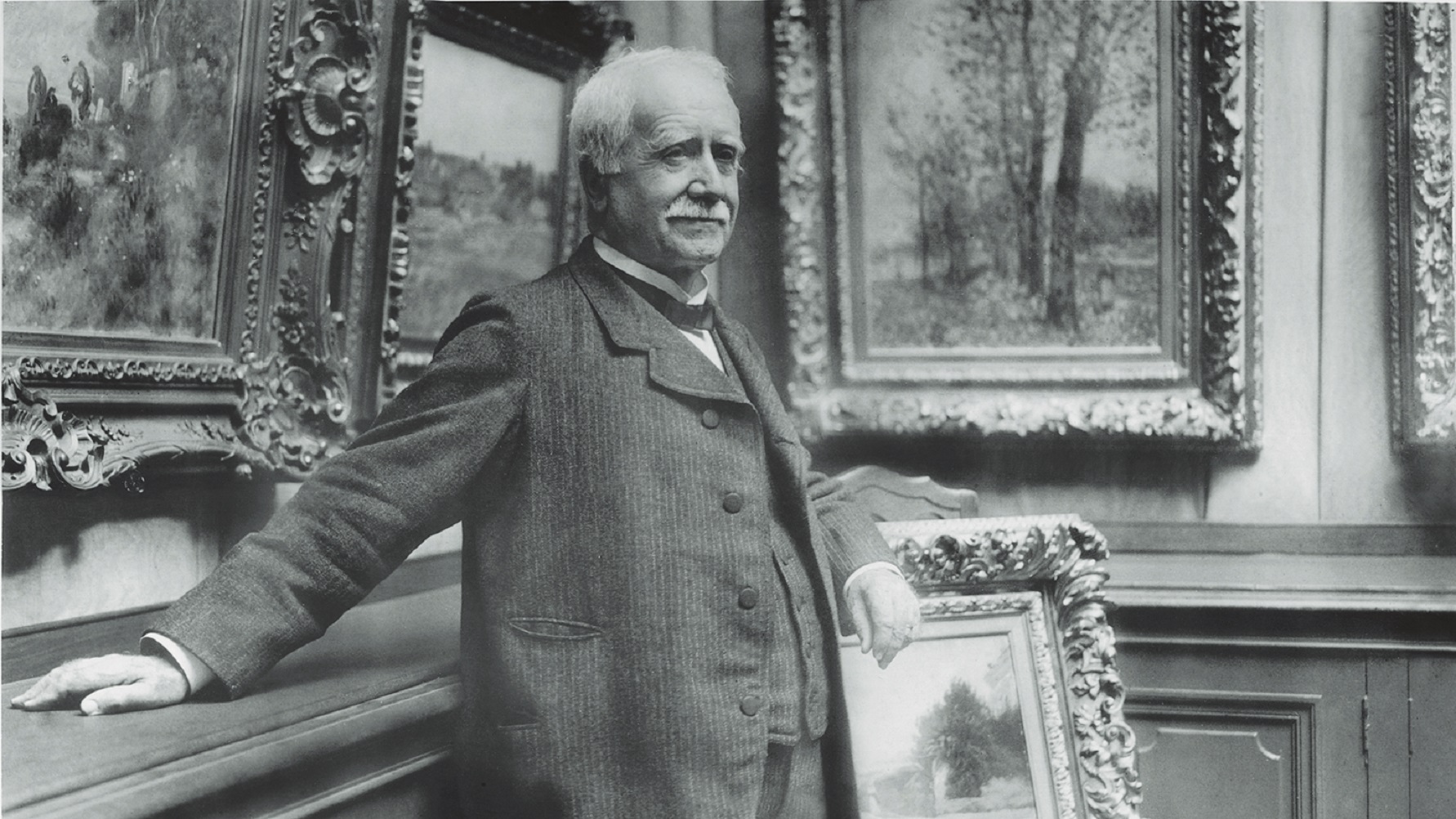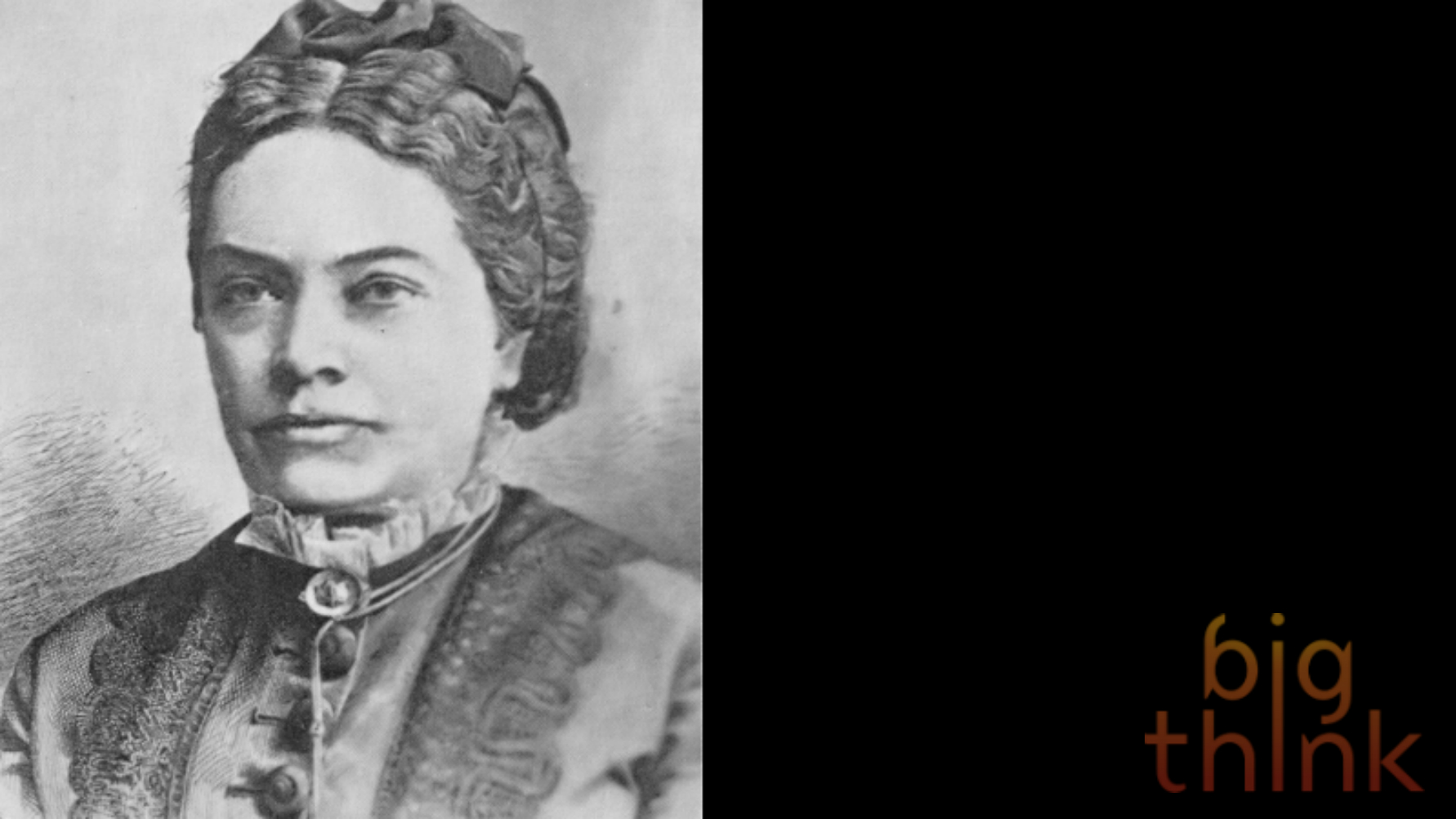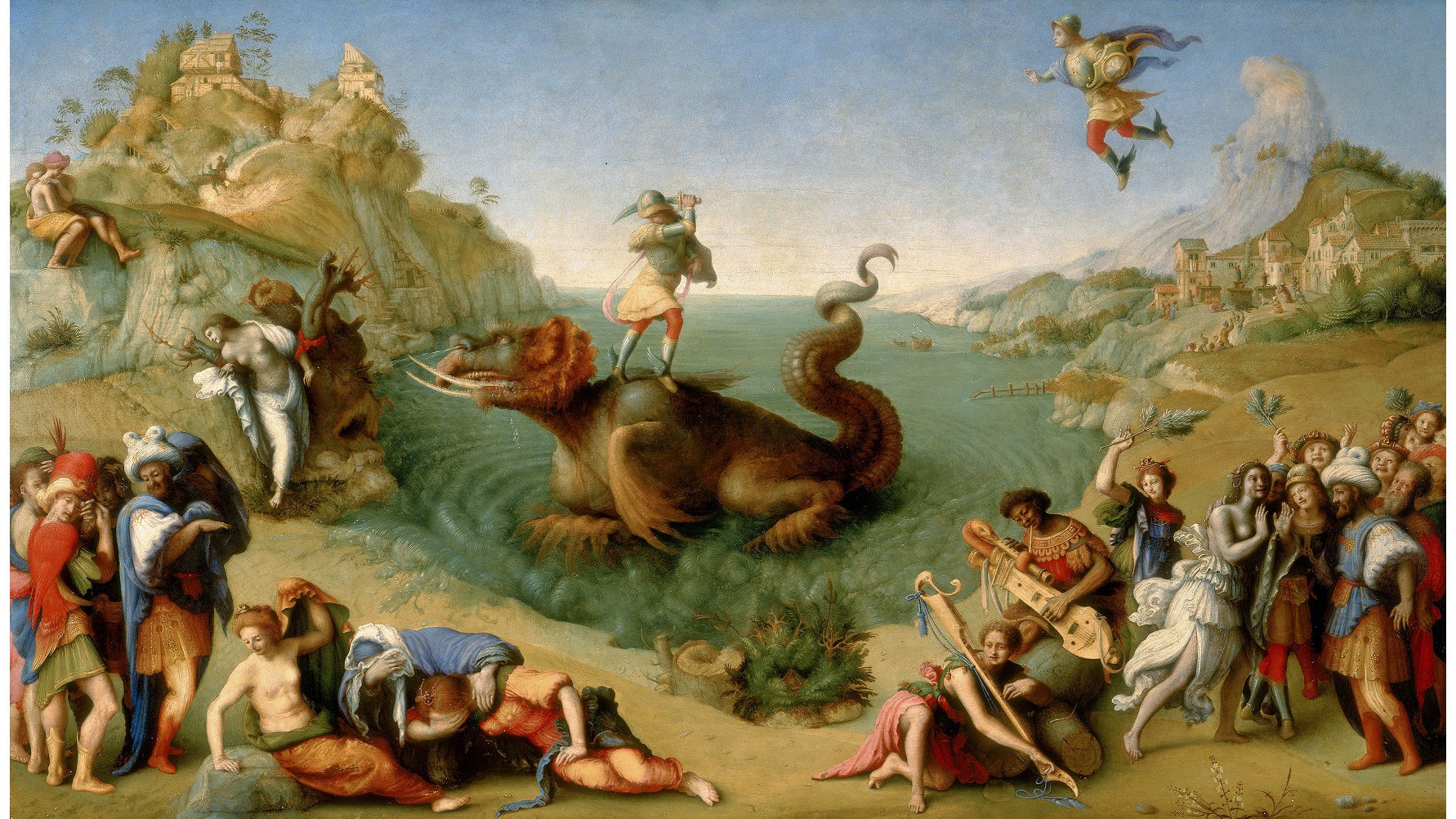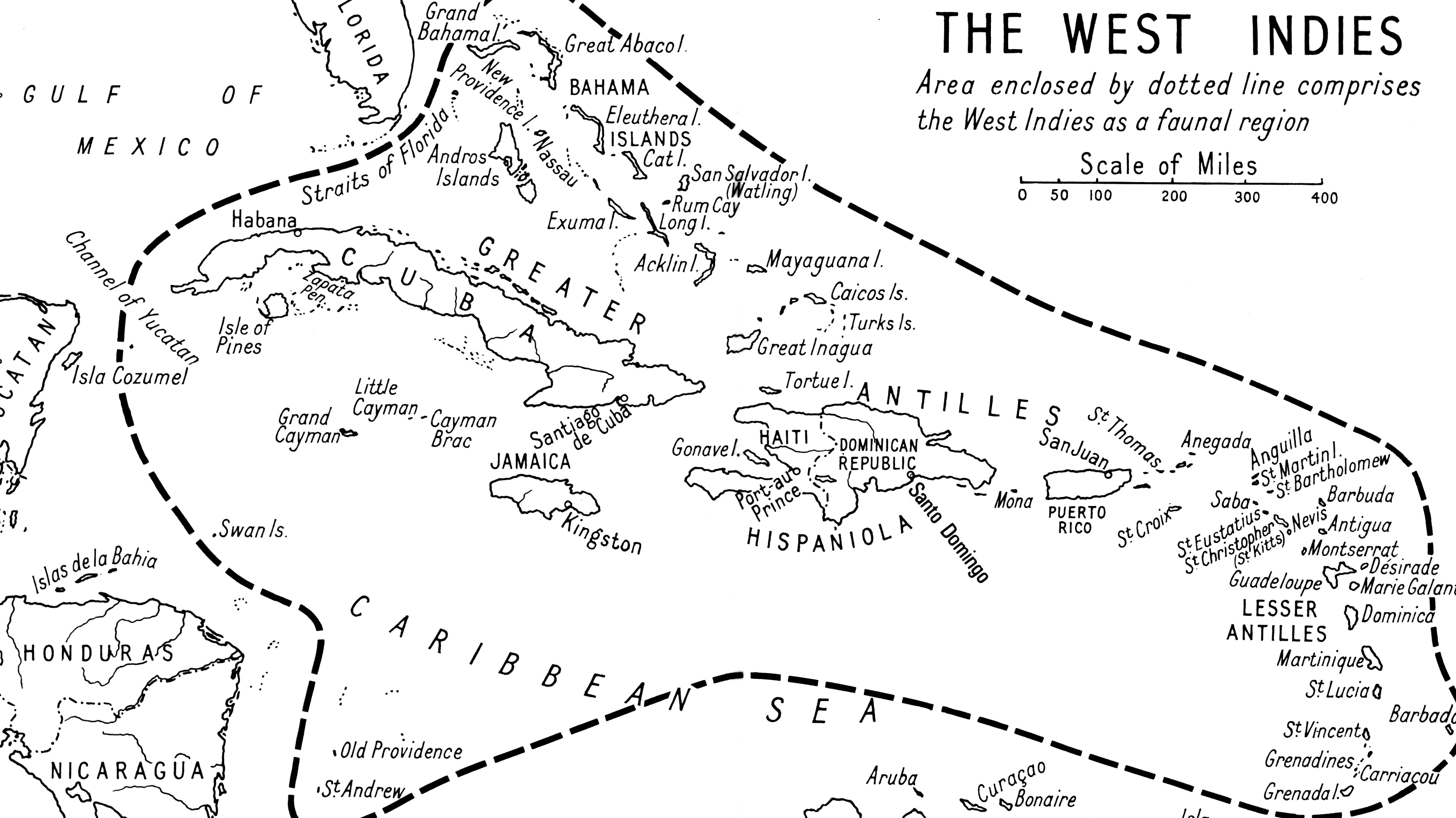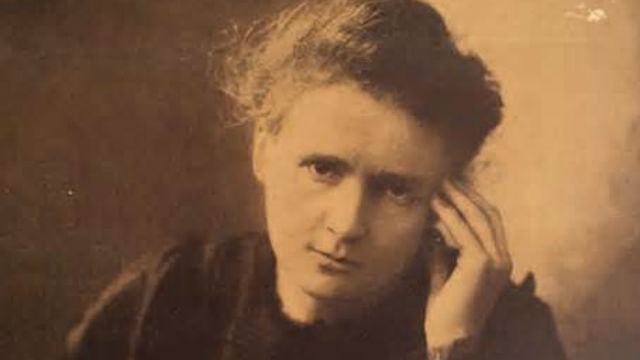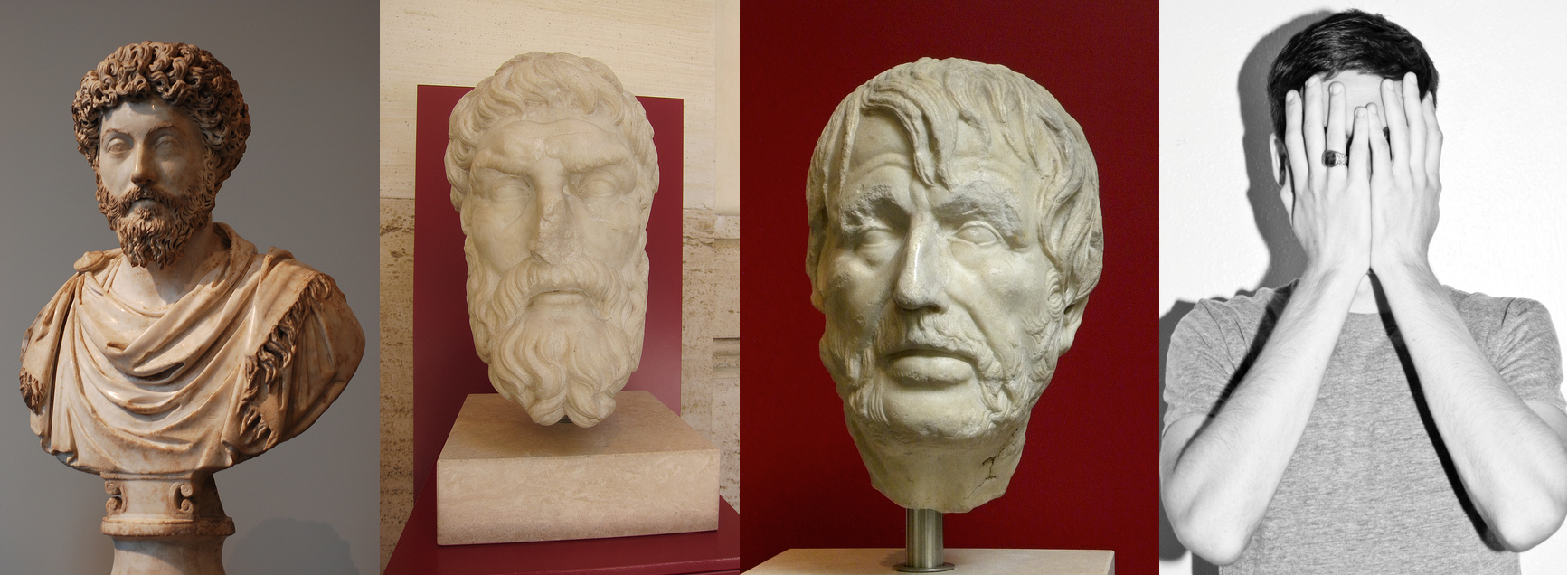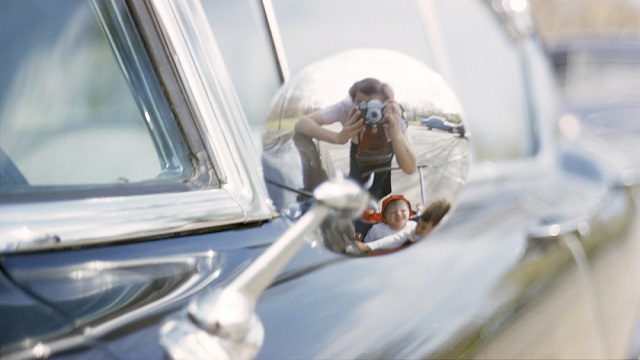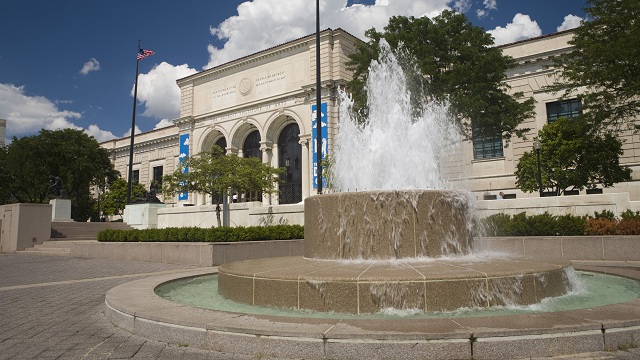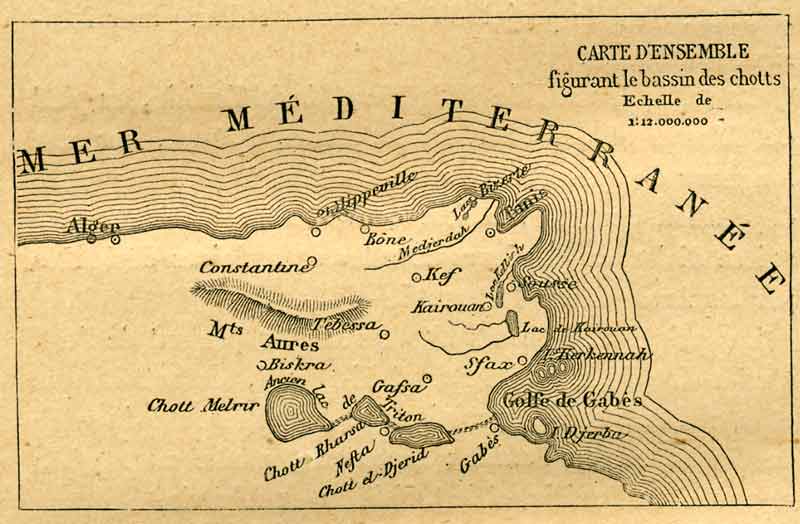Before there was Cruise, Stallone, and Schwarzenegger, there was Douglas Fairbanks.
Search Results
You searched for: marie story
Before Oprah or Martha Stewart, Berg built an empire around her name.
The Orion Nebula demonstrates the answer. “So numerous are the objects which meet our view in the heavens, that we cannot imagine a point of space where some light would not […]
There’s a strange beauty, yes, but also a violence to Degas’ technique. Where did that violence come from?
In an attempt to be original, to stand out amongst the almost 300 million other selfies on Instagram, we actually fade into the background. We become mundane. Photos are no longer about remembering an event; they’re about displaying. They’re about showing the world who we are, who we wish to be. And it’s damaging our ability to remember.
Sure their students won a debate against Harvard, but that’s only one reason the Bard Prison Initiative is changing the way we think about criminals.
Twenty-one strangers with different values and views, thrown together on a Grand Canyon rafting trip, managed to set aside those differences and build community.
Artists aren’t easy people to be around sometimes. Genius and jerk often walk hand in hand. They may suffer for their art, but those who support them often become collateral damage in the quest for immortality. Making a biopic of any artist and balancing the good with the bad seems an almost impossible task. Making a biopic of Pablo Picasso, a classic case study of the genius-as-jerk, that praises the painting while honestly assessing the collateral damage to women has never satisfactorily been filmed. But where cinema fails, maybe the cinematic graphic novel can succeed. The graphic novel Pablo, written by Julie Birmant and illustrated by Clément Oubrerie, is the best “film” ever made about one of the founding fathers of modern art — a portrait of intertwined genius and jerk that never loses sight of either side.
Researchers discuss their research into the Disneyland measles outbreak and why you should vaccinate for the good of the herd.
What would you do? Imagine you’re a politically conservative, devoutly religious art dealer fleeing your war-torn country when you suddenly see art radically unlike anything you’ve seen before. Do you stay the course or gamble on this next “big thing”? Now add the sudden death of your pregnant young wife, which leaves you with five children under the age of nine whose futures now depend entirely on your choices. Do you roll the dice with your life and theirs? If you’re Paul Durand-Ruel and that artist is Claude Monet, the original Impressionist, you don’t just make that bet; you go “all in” — staking your family’s fortunes to those of a family of revolutionary artists. The exhibition Discovering the Impressionists: Paul Durand-Ruel and the New Painting, currently at the Philadelphia Museum of Art, goes “all in” with Durand-Ruel’s gamble and pays off big with a stirring tale of personal courage and art history in the making.
Educators hold up scientists like Neil deGrasse Tyson and Marie Curie as heroes in order to encourage minorities to pursue studies in STEM fields. But portraying these figures as larger-than-life may intimidate students.
“Be patient with the belligerence of the simple-minded. It is not easy to understand that one doesn’t understand.”
-Marie von Ebner-Eschenbach, 19th century Austrian novelist
Half a millennium later, you would think the Italian Renaissance could hold no more secrets from us, no “codes” to decipher. And, yet, secrets hiding in plain sight continue to startle modern audiences with the depth and breadth of that amazing era. One of the well-kept secrets, at least until now, was the work of Piero di Cosimo, subject of his first major retrospective, Piero di Cosimo: The Poetry of Painting in Renaissance Florence at the National Gallery of Art, Washington, DC. Called “a madman” for his personal and artistic quirks by Renaissance chronicler Giorgio Vasari, Piero’s ability to paint in multiple genres all with a dizzying amount of detail may have seemed madness to contemporaries, but appeals to modern audiences conditioned for such visual assaults. There may have been a method to Piero di Cosimo’s madness after all.
Lessons from the Universe whenever a light goes out. “End? No, the journey doesn’t end here. Death is just another path, one that we all must take. The grey rain-curtain […]
The corporation is a monster in the same sense that the creatures in Pokemon are monsters. They are used by people for different purposes but ultimately they are trained creatures.
Ian Fleming picked James Bond for the name of his hero because it was “brief, unromantic and yet very masculine”; he later became friends with the original James Bond, author of one of his favourite ornithology guides.
“You can’t tell Marie Curie that she can’t do something,” says Hank Green, host of the SciShow. The first woman to receive world renown in science, Curie was the first […]
Every element found on Earth was made in either the Big Bang or the cores of stars… except these three. “We cannot conceive of matter being formed of nothing, since things […]
Your first philosophers: Marcus Aurelius, Epictetus, Seneca, and one strange new face. Why the first books people read about Stoicism should be by one of these guys. On Stoicism Graduation season […]
Good versus Evil will always be the stock and trade of storytelling, especially in comic books. The skill of separating good guys from bad comes early to readers, with the […]
Like the rest of the country, feminism has undergone one percent-ification. The most discussed books on women’s lives speak to privileged women while usually assuming, if only by default, to […]
“I am big,” Gloria Swanson’s fading film star Norma Desmond says in Sunset Boulevard. “It’s the pictures that got small.” Have we lost the “big” artist, the artist who tackled […]
Recent examples from major media outlets targeting harmless individuals demonstrates a major ethical failing – as compassionate persons and responsible writers, commanding a platform. This doesn’t mean writers must never […]
Vivian Maier took about 150,000 pictures during her lifetime, but never showed a single one to another living soul. When she died in April 2009, Vivian was remembered as a […]
A baby was born soon that is half Hot Chick and half Inbred German. Hooray!
“It may amuse you, Mother, to try to photograph during your solitude,” Julia Margaret Cameron’s daughter told her while presenting her with her birthday gift in 1863 while Mr. Cameron […]
No snark, no sarcasm, no judgement, just the genuine, honest answers to 22 creationist messages. “In science it often happens that scientists say, ‘You know that’s a really good argument; […]
How desperate can a city facing financial armageddon get? What’s the last resort for cities such as Detroit, wounded first by the failing American auto industry and then set bleeding […]
Women have come a long way in the arts, but there’s still a long way to go. It’s not so unusual to find the work of contemporary women artists in […]
Jules Verne used the failed project as inspiration for his last adventure novel
